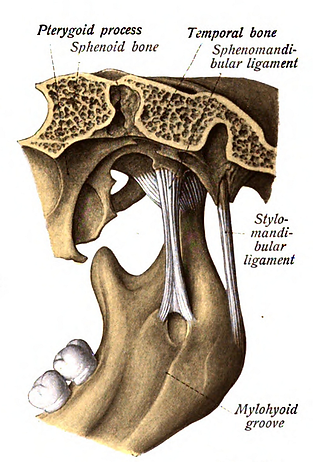
TMJ and Facial Pain
The atlas (C1) and the upper neck play a crucial role in the health and alignment of the temporomandibular joint (TMJ) and the surrounding facial structures. Here's a breakdown of how these areas are interconnected and how dysfunctions in the cervical spine can contribute to TMJ and facial pain:
-
Postural Alignment and TMJ Function: The atlas supports the skull and is responsible for maintaining alignment of the cervical spine. When there is misalignment of the atlas it results in an imbalance of the head causing the jaw to track improperly in its joint. This misalignment can place undue strain on the TMJ, leading to pain, clicking, or locking.
-
Neurological Connections: The nerves that control the muscles around the jaw and face originate from the cervical spine. Dysfunction in the upper cervical region, particularly around the atlas, can irritate or compress these nerves, causing referred pain in the jaw, face, or even headaches. This can result in facial pain that may mimic typical TMJ disorders.
-
Muscle Tension and Spasm: The muscles that stabilize the neck also affect the muscles of the jaw. When the upper neck is out of alignment, it can cause muscles in the neck and jaw to tighten or spasm. This muscle tension can contribute to TMJ pain and discomfort, including teeth grinding.
-
Cervical Spine and Jaw Mobility: The alignment of the cervical spine affects the movement of the head and neck, which can influence the movement of the jaw. Any restriction in the neck can lead to compensatory movements in the jaw, creating additional stress on the TMJ, leading to pain or dysfunction.
-
Referred Pain Patterns: The upper cervical spine and the TMJ are both involved in complex referral pain patterns. Misalignment of the atlas and upper neck can lead to discomfort that radiates to the jaw, face, and even the ears. This often complicates the diagnosis because patients may attribute the pain solely to the jaw rather than considering the upper neck as a potential source.
